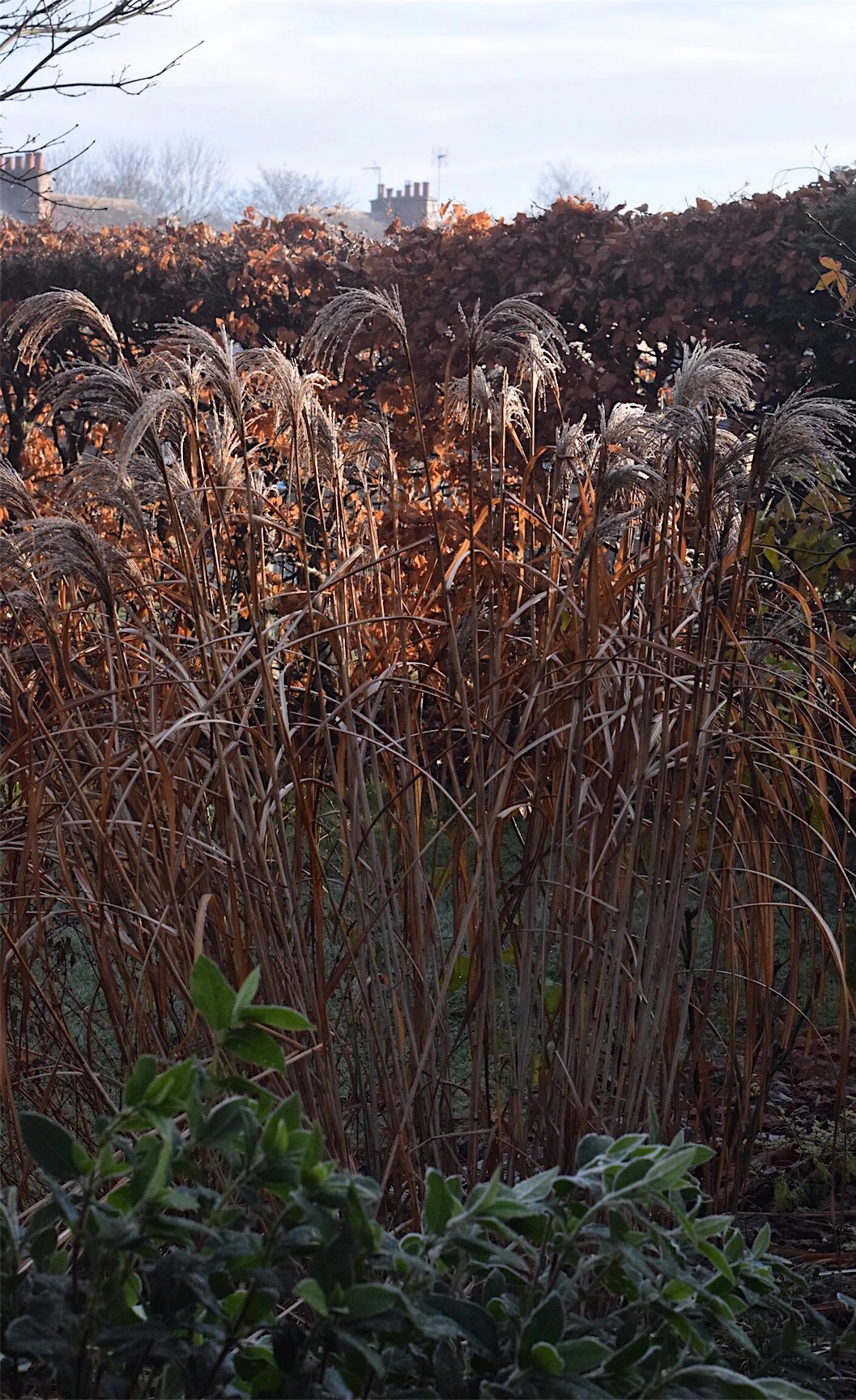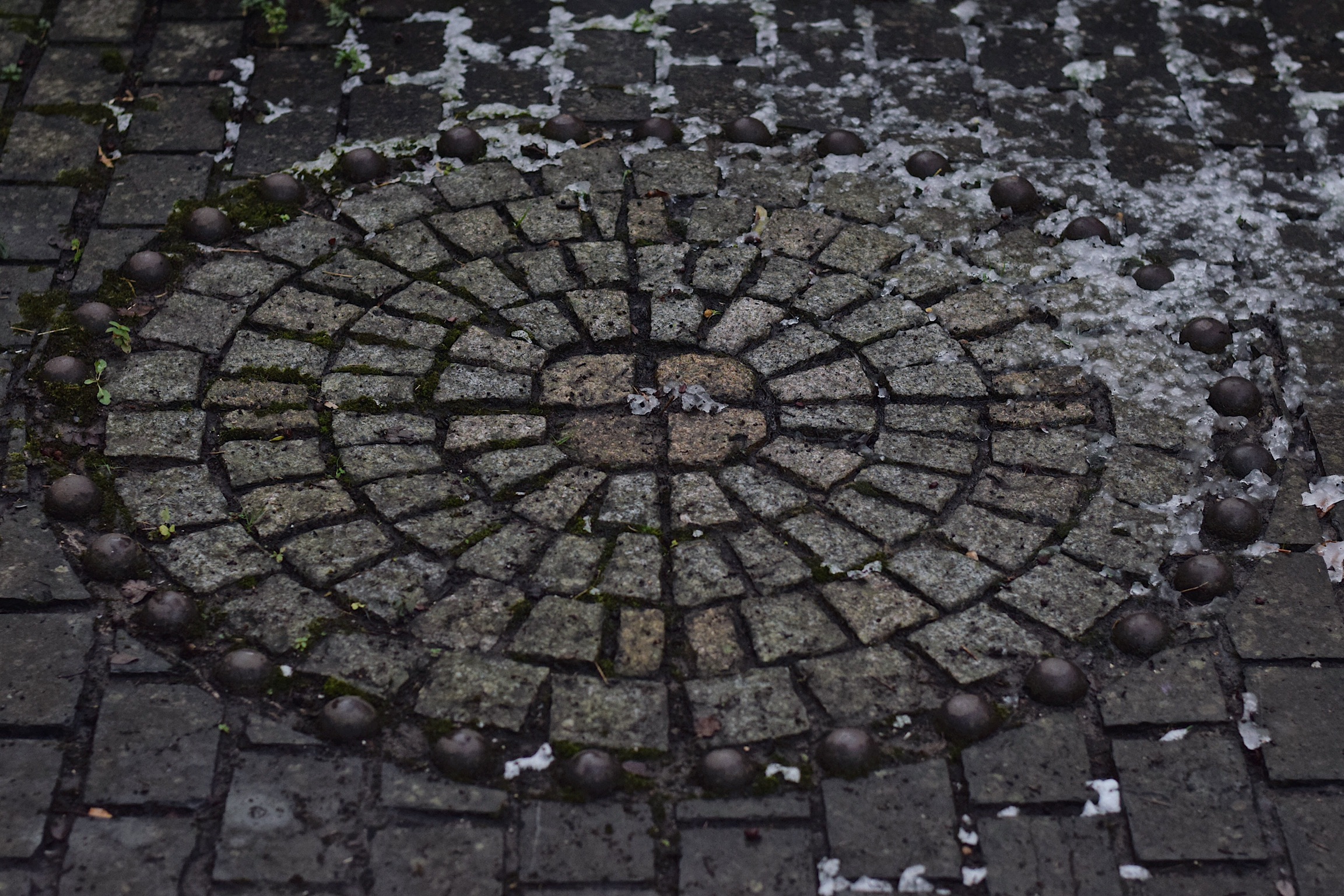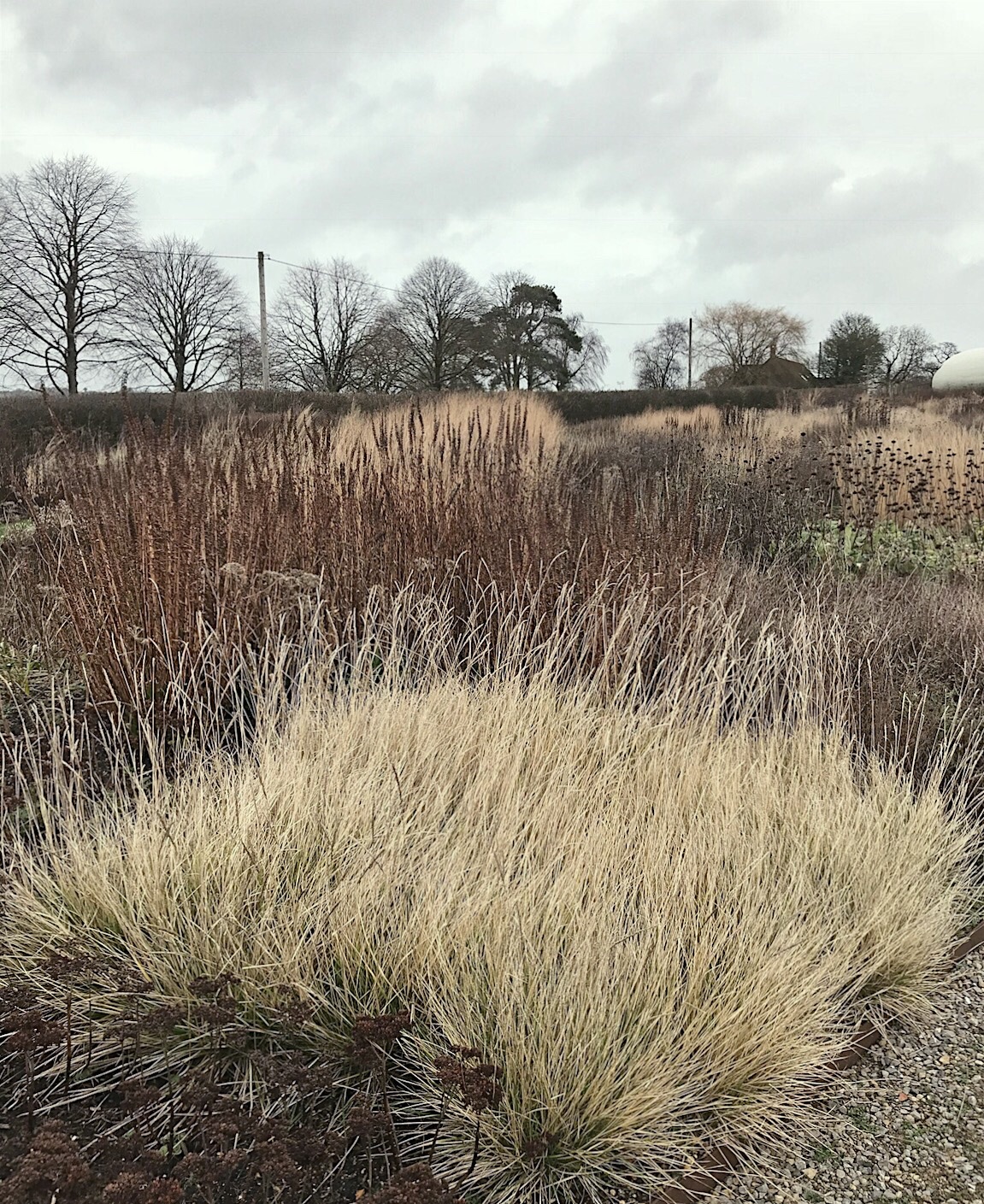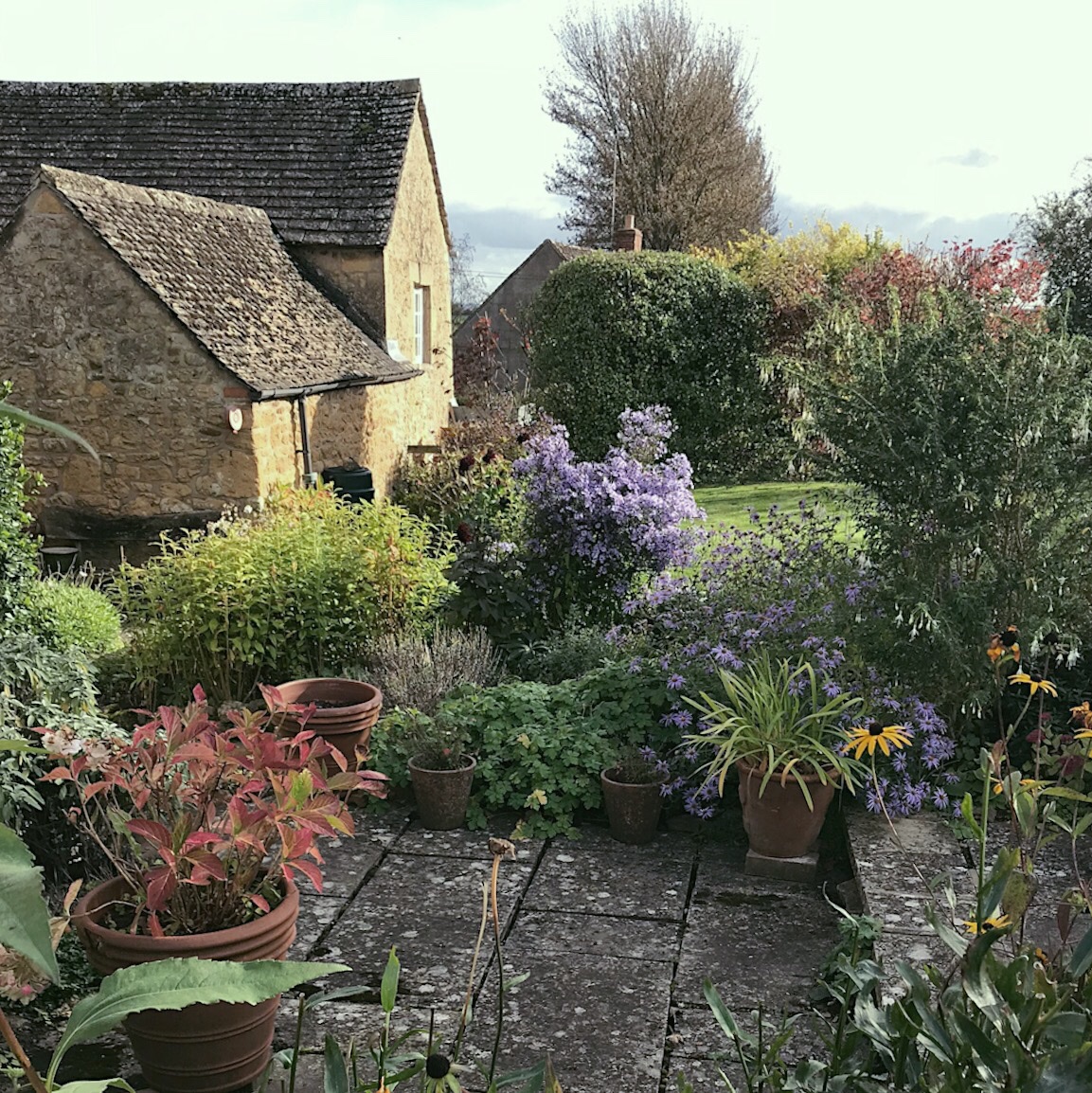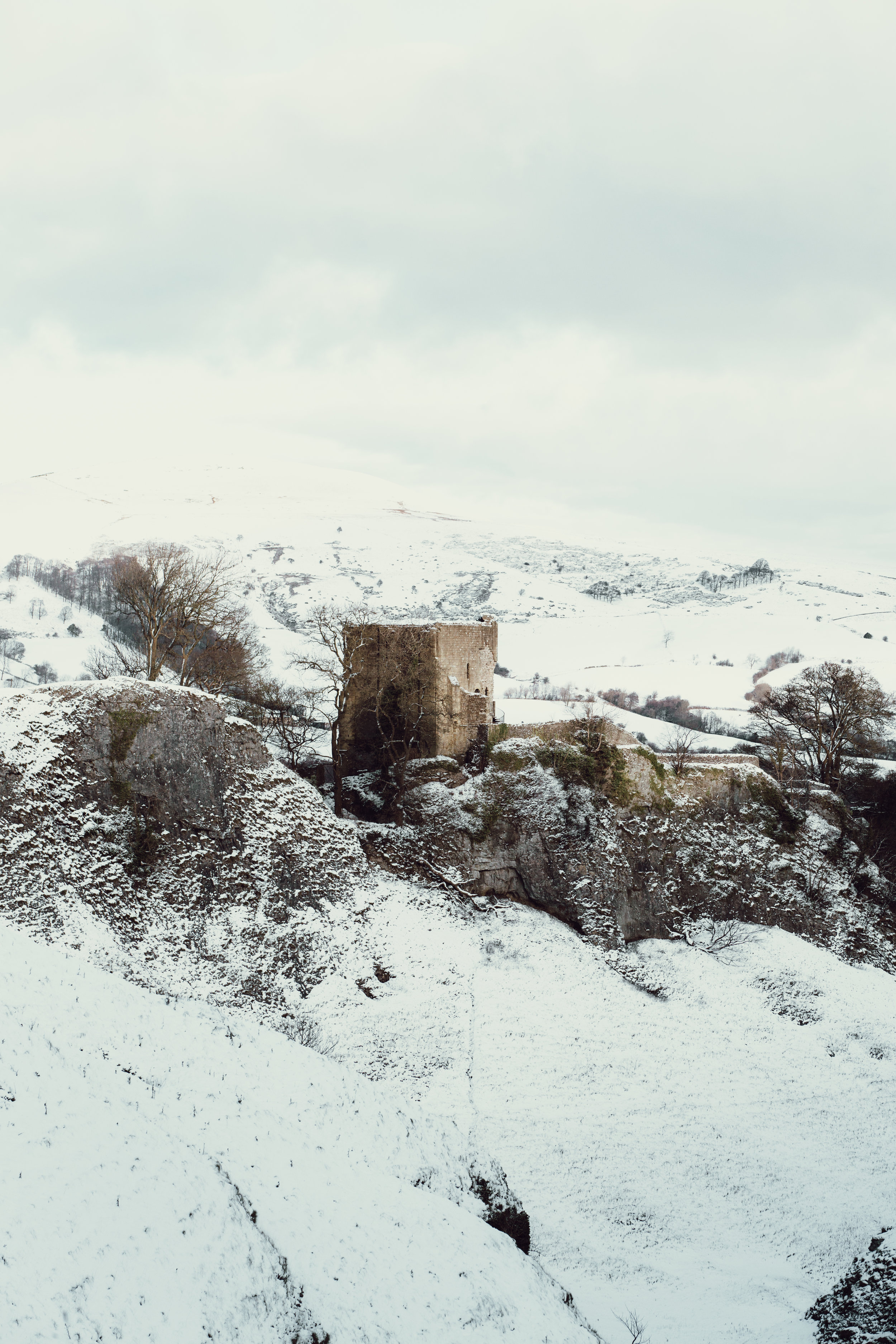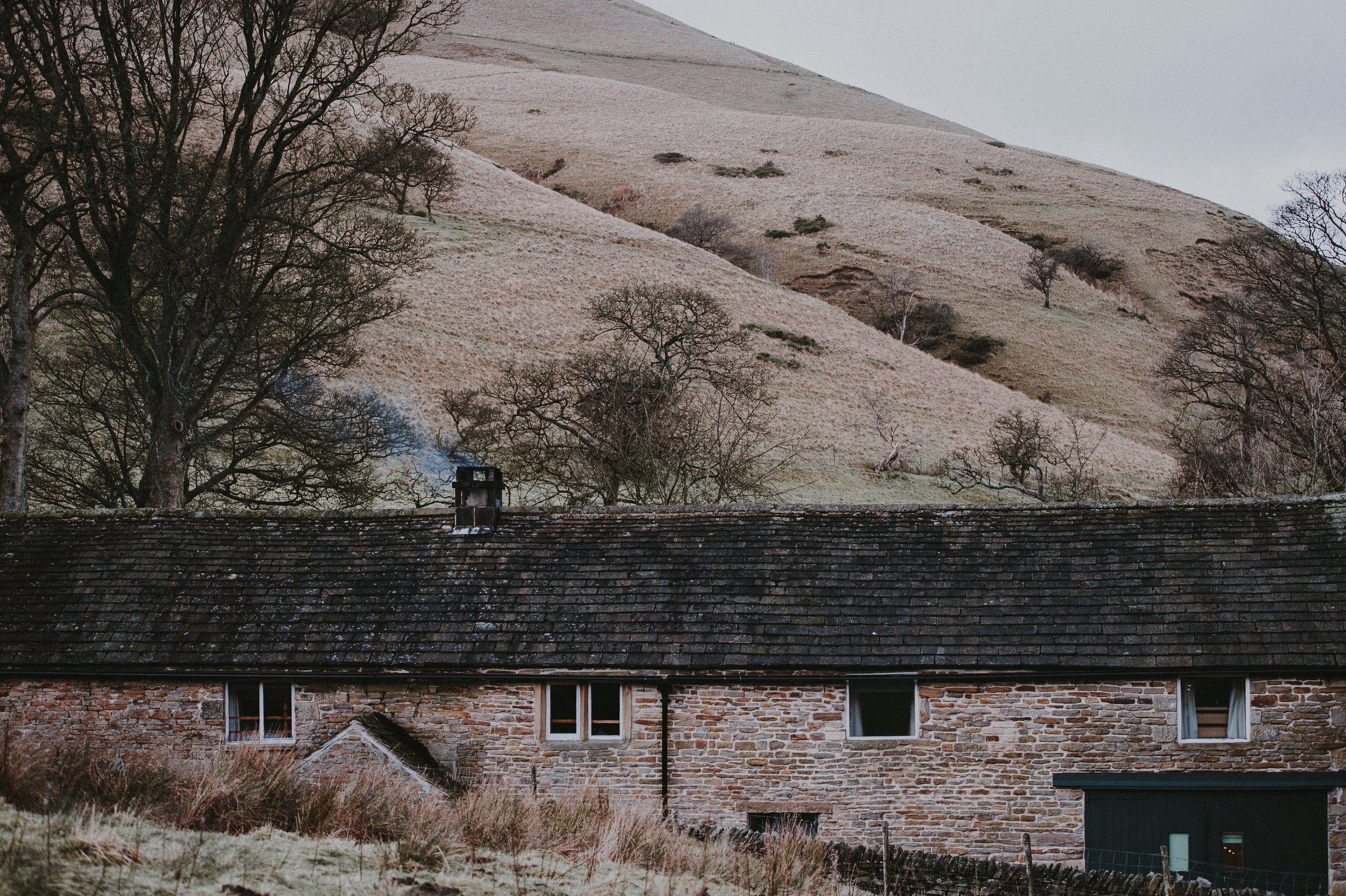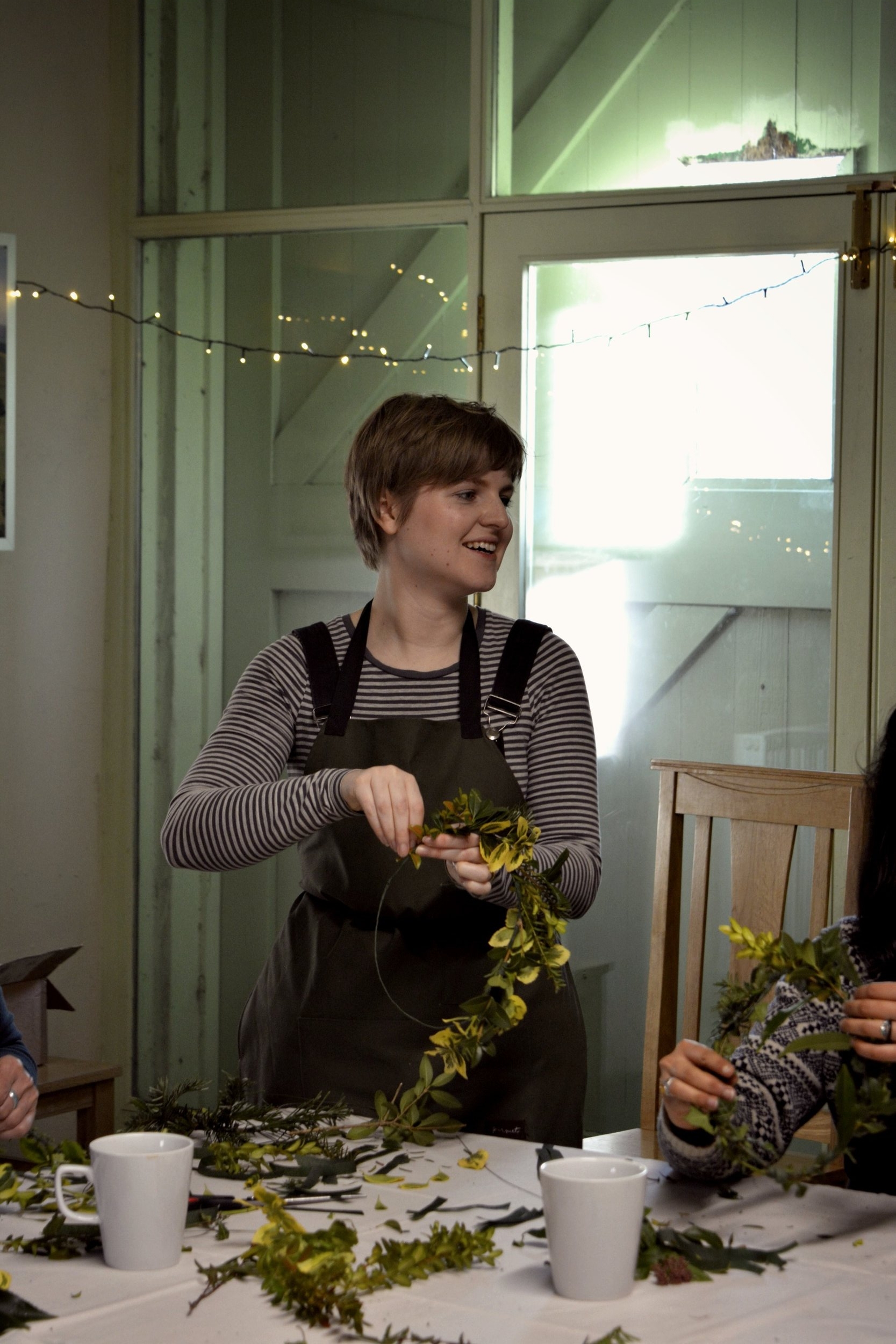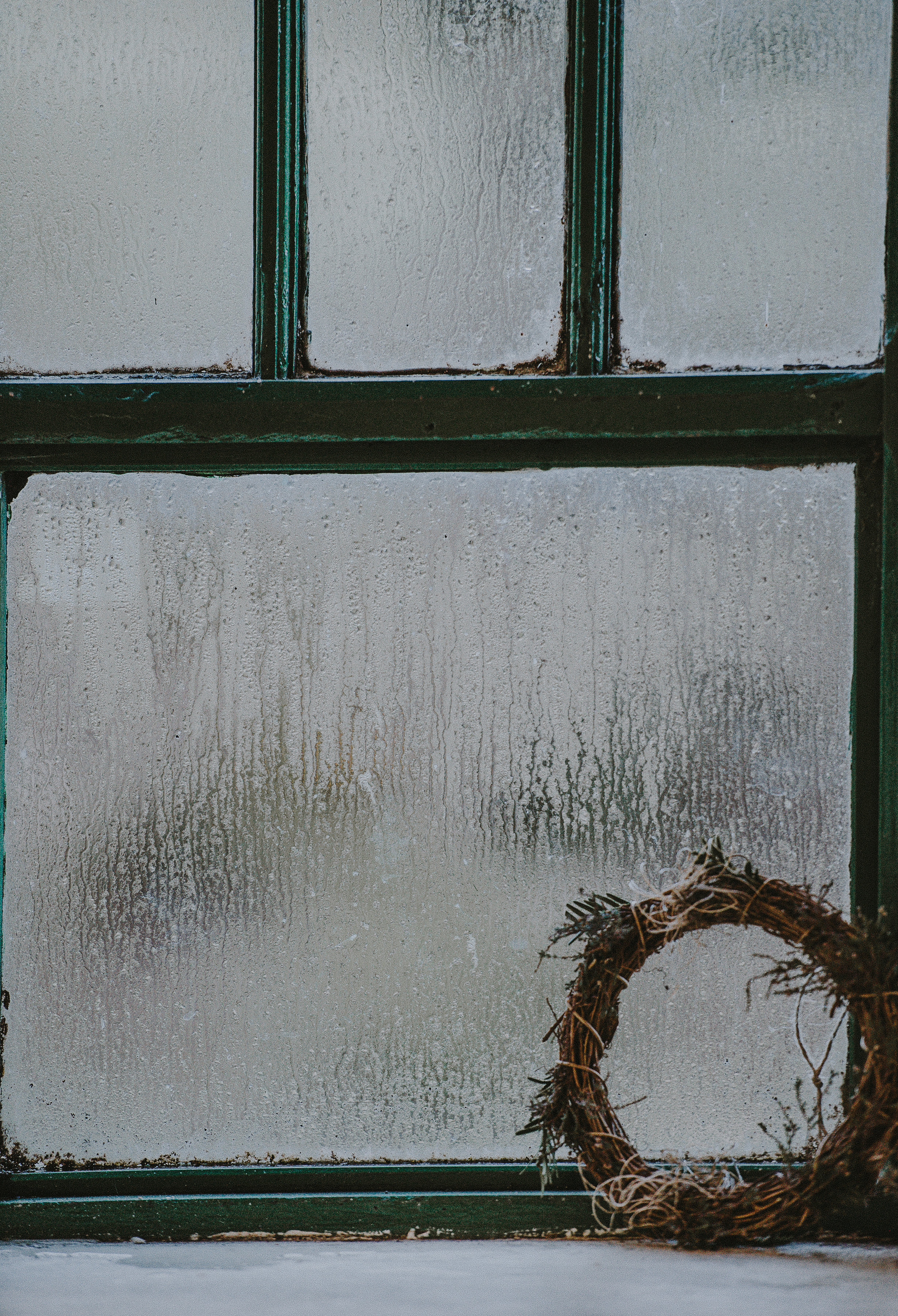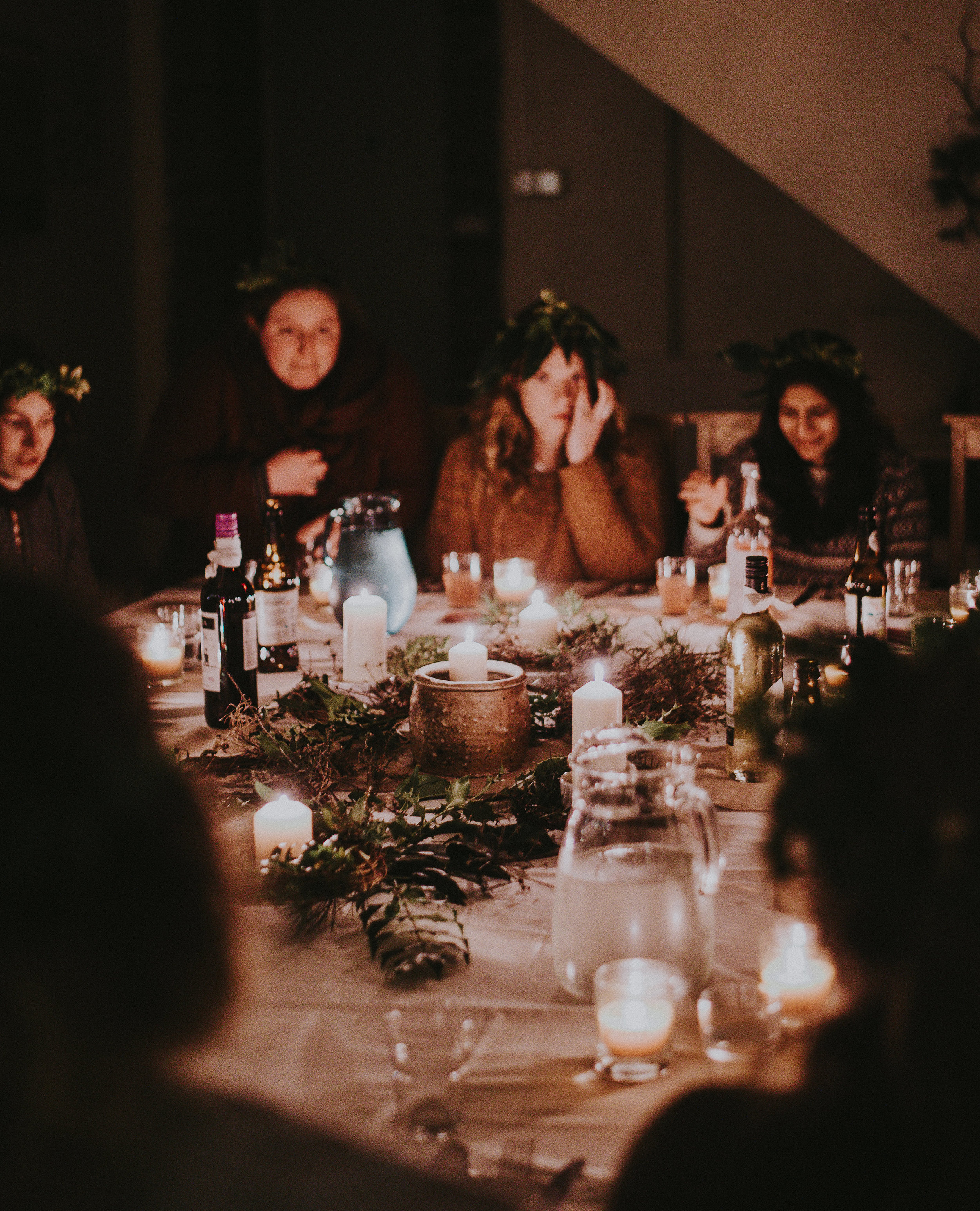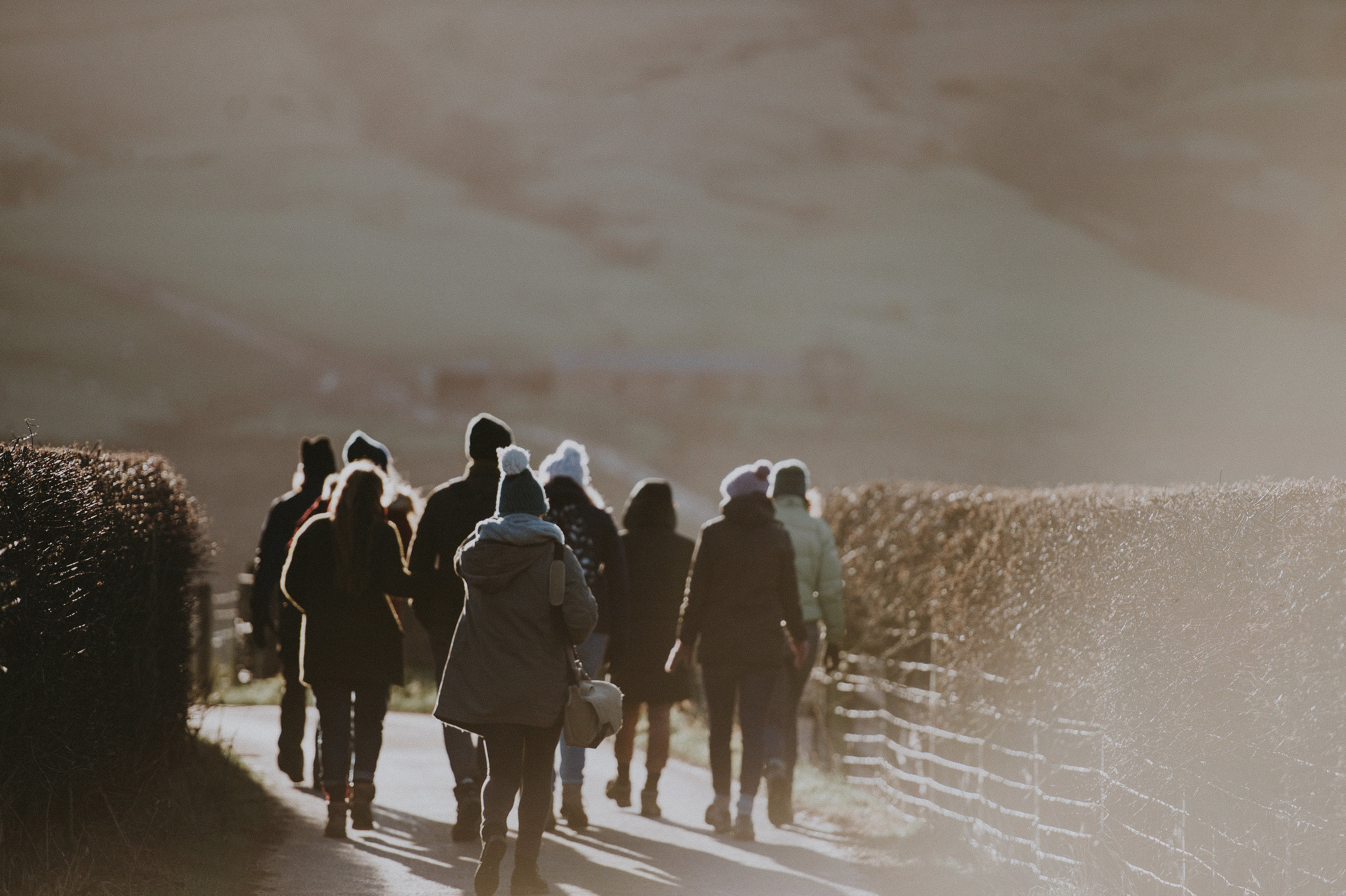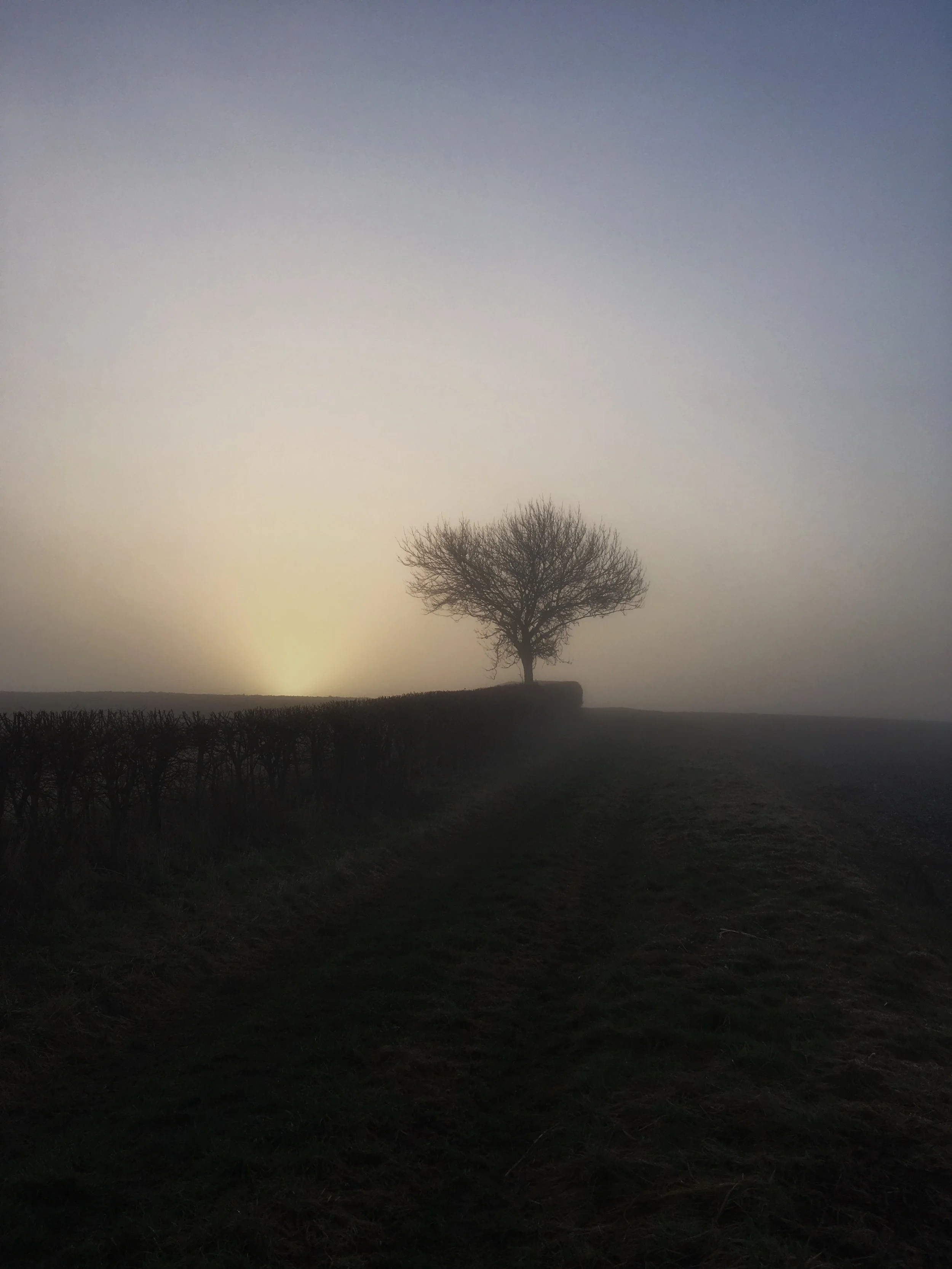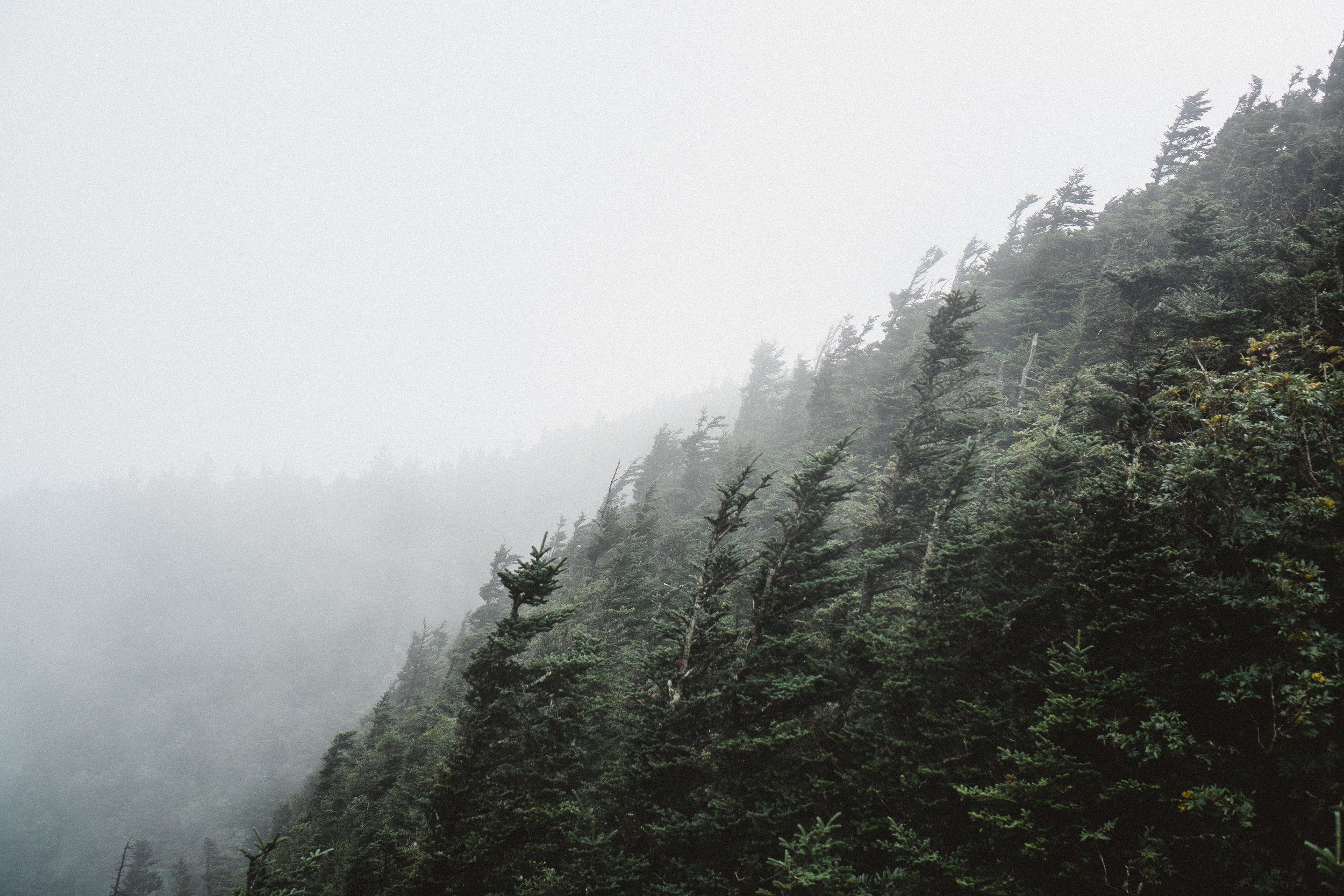Nicola: I’d love for you to start by telling us about the work you do and your journey to where you are today?
Rhiannon: I make my living as a poet in the Welsh borders. My first book, The Other City, was published by Seren Books about a year ago, and was recently shortlisted for the Wales Book of the Year award.
I think my path to this point has been focused on learning more than anything else. I studied for a Master's and then a PhD in poetry, and worked in academia for a long time, learning all I could about my craft and teaching others in turn. But a few years ago I decided I wanted a break from academia and went to live in Mongolia. It might seem a strange choice to make, living there, but my time there was incredibly inspiring. Living in such a harsh climate (Ulaanbaatar is the coldest capital city in the world, and within a month of living there I had experienced temperatures of minus 40) completely changes your relationship with the world. It makes you respect your environment in a way that I had never really encountered when living in the UK.
I'm back in the UK now and have been for several years, concentrating on writing rather than teaching. Writing can be a solitary career, but it gives you tremendous freedom, and I've been lucky enough to live in some wonderful places while doing it, and have taken endless inspiration from the landscape around me.
Nicola: You describe yourself primarily a poet. Can you tell us about the poetry you write, and where your inspiration comes from?
Rhiannon: My book is a collection of poetry, so the subject matter is diverse, though there is a thread of a theme that emerges if it's read as a whole. I was interested in the idea that our creative process could be described as a physical space to be traversed as part of the act of expression, and the deeper I delved the more my own creative process expressed itself as a city: foreign, unknowable, ineffably other.
This idea of otherness is one that I return to a lot. And to me, as someone who has grown up in the countryside, the idea of a city will always be something other. The poems themselves draw on mythology and the natural world a lot: the little signifiers of the year as it turns, the history of the landscape, our relationship with it.
Although I'm from Wales, much of the book was written while I lived in Cumbria, so there's a lot of that wild landscape in there, and some of it springs from the time after that when I moved to Mongolia. The first Mongolia-inspired poem I wrote, Daughters of the Dust, appeared in the Guardian alongside a wonderfully perceptive essay about it by Carol Rumens, which was definitely a highlight of last year. In the past few months I've started working on my second book, The Ragged Kingdom.
It's daunting in some ways to try to follow a book like The Other City– I worked on it for nearly five years, and I'm incredibly proud of it and the reception it's had. So far this new book is a little quieter, a little less academic. I'm full of ideas and inspirations, but I don't know exactly where the book is going yet. It's a nice place to be in because there are so many possibilities, but one thing that keeps appearing is this sense of liminal space, of between-places – it's very much a border country book.
Nicola: You also make jewellery and are an artist. Tell us a little more about this work.
Rhiannon: Although my first degree was in Fine Art, I didn't really start producing my own art again until I hit my thirties. I find it incredibly fulfilling to be able to make something with my hands once in a while, after spending most of my time on purely cerebral work. Making the switch from fine art to a craft was what really made the difference to me – it felt very freeing.
As a painter I had sometimes struggled with overworking pieces, getting caught up in tiny details, and working as a jeweller allowed me to turn that weakness into a strength. I work in recycled leather that I dye, paint, embroider and embellish with gold leaf and semi-precious stones, making tiny pieces of unique wearable art. I also utilise found objects from the natural world, like tiny pieces of driftwood or whittled twigs, and miniature river pebbles from the stream nearby.
I love the act of treating natural objects as little treasures, but medieval portraits and their rich colour palette also inspire me. My favourite pieces are the miniature portrait pieces I make, each one has its own individual character. Because they're painted and stitched by hand, they're something of a labour of love - each one is only about two inches tall, but represents many hours of work.
Nicola: Can you tell us about where you live, your workspace and what a normal day looks like for you?
Rhiannon: I live just outside a tiny town on the border between Wales and Herefordshire, in a small cottage that backs onto fields at the foot of a tall hill. I'm the sort of person who likes to know the names of the hills I can see from my windows. I'm not a notebook poet. I divide my writing time between composing in my head while I'm out walking (usually with my little Yorkshire terrier, Pippin), to get a good solid beginning, and working on my laptop in my study.
I know some writers like to write out poetry by hand in a notebook, but I find that in order to get a grip on the rhythm of the piece, the shape on the page, I much prefer to see the words on a screen. I'm also very fussy about sounds: I like complete quiet. Even someone's footsteps can put me off my rhythm. No poem comes out perfect the first time: the vast majority of my work consists of editing, which is less glamorous but incredibly satisfying.
Working on a poem is like chipping away at unnecessary words until all that is left is the core of the piece, as close to perfect in specificity as it is possible to get. Being a poet entails a lot of traveling too: most of my income comes from making appearances at literature festivals and events all over the UK and further afield to read my work, talking about it with interested groups, writing other things (like interviews and articles) and teaching workshops.
A fair number of my working days start in a train or even a hotel. So there's no simple answer to that question in a way. I don't really have an average working day, which is something I love about being a writer. Poetry is wonderful in that inspiration can come from all kinds of random places, so I don't feel bad about spending a day exploring the countryside on foot, or taking my sketchbook out to one of the little half-timbered villages over the border in Herefordshire.
I also have a lovely job running the local library one day a week, which is perfect, as I get to spend the day talking about books.
Nicola: I’d love to know more about the relationship you have with nature and why it is important to you?
Rhiannon: In my early twenties I lived in Lancaster. It's a small city but I lived in a part where you couldn't actually see any green space. I felt completely cut adrift: until then my life had been punctuated by the world's natural rhythms, and it wasn't until I lived somewhere they did not reach that I realised how bereft I felt without them. I wanted to be able to look out of the window and see the leaves changing colour, to smell snow on the way, to spot the first snowdrops and see harebells growing in August and know that summer had reached its zenith.
To me, a meaningful existence is one that includes these things. It only feels right to engage with the world on its own level, and I know from experience that nothing is as beneficial to my mental health as time spent out in the natural world.
I've always been drawn to the wilderness, to those places at the very edge of human habitation where our influence gives out. I wouldn't go so far as to suggest this kind of wilderness can be found in Wales, but the county where I live has one of the lowest population densities in the UK, and that suits me well.
When I was first flying out to Mongolia, as the plane started its descent, I looked out of the window and saw the steppe unfolding beneath me – a massive, rolling plane of dark grass, with only tiny sparks of light betraying the little groups of gers. I was struck by the enormity of the space and the ephemerality of the dim lights.
I think that sense of awe in the face of nature is one that I've been trying to capture ever since.
Nicola: If you could leave our readers with one piece of advice about following their creative dream, what would it be?
Rhiannon: To work on your output – no matter what it is – until you are confident in it. I often hear beginner writers making excuses for their work or second-guessing it, but all this really does is make other people less interested in engaging with it. It also tends to disadvantage girls and women: men are taught to be much more confident, and they present their work as more competent. So make sure your work is as good as it can be, and then stand by it. Learn to realise when your work is excellent, and never apologise for it
Visit Rhiannon's website, follow on Instagram and see her book.






























